If you ask most orthodontists what threatens long-term stability, they often mention habits. Thumb sucking. Tongue thrust. Chronic mouth breathing. Brackets and wires can straighten teeth, but the lips, tongue and airway influence where they settle once the hardware comes off.
That is why a simple strip of elastic fabric has drawn attention in clinics and waiting rooms. It is called MyoTape, and it sits around the lips to cue a gentle seal. For patients in braces or aligners who struggle to keep their lips together, it can be an easy, low-tech way to support the bigger goals of treatment: better facial muscle balance, healthier breathing, and results that last.
This is not a gimmick. It is a behavioural tool. And it can make a quiet difference.
Why lip seal matters during orthodontic treatment
Teeth live in a sea of soft tissue. The tongue pushes out, the cheeks and lips press in. Airflow patterns influence tongue rest posture and even the way the jaws grow during childhood. When the lips sit apart and the mouth stays open, several changes tend to occur.
- The tongue rests low in the mouth rather than gently filling the upper palate.
- The upper arch can narrow, making crowding more likely.
- The lower face may lengthen.
- The bite can open, especially at the front.
- Breathing often shifts to the mouth at night, drying the oral tissues.
If you are wearing braces or aligners, these forces still matter. An open mouth dries the saliva that protects enamel and helps buffer acids. The cheeks can exert more inward pressure if the tongue remains low. Small drifts occur while you sleep. Retainers can keep alignment in check, but daily habits still shape the baseline.
Nasal breathing with a light lip seal helps set a different tone. The tongue is more likely to rest against the palate, supporting a wider arch. The lips relax together instead of straining. Saliva can do its job. The biology becomes a friend rather than a tug of war.
What MyoTape is and how it helps
MyoTape is a soft, elastic cotton-based tape designed to sit around the lips, not across them. The centre remains free. The idea is simple. By gently bringing the lips toward each other, it cues a closed-mouth posture and encourages air to move through the nose.
- You can still open your mouth if you need to.
- Speech is possible at low volume.
- The tape acts like a prompt rather than a lock.
For orthodontic patients, this cue can be useful during the day while studying, gaming, or reading. Many also use it at night if they tend to fall asleep with an open mouth and wake with a dry throat. Over time, the goal is for the lips to stay closed through habit and muscle memory, not constant taping.
Who might consider using it
Not every patient needs support with lip seal. Those who do often share a few signs:
- Lip incompetence at rest, where lips do not meet comfortably without effort
- Chronic mouth breathing, especially during sleep
- Open-mouth posture in photos or while concentrating
- Daytime dryness in the mouth or chapped lips in the absence of cold weather
- A tendency to wake with a sore throat or puffy eyes
Treatment stages where lip seal can be especially helpful:
- Early in braces when appliances feel bulky and lips struggle to meet
- During palatal expansion, when the tongue needs consistent support against the palate
- With clear aligners, to maintain a relaxed lip seal and promote nasal breathing
- During retention, when the goal is to support long-term stability
Important caveat. If nasal breathing is difficult due to allergy, a deviated septum, enlarged adenoids, or chronic congestion, start by addressing these with your GP, dentist, or ENT specialist. A cue around the lips should follow clear nasal airflow, not replace medical care.
Safety first: when to pause or avoid
Using any lip-seal aid calls for common sense. Taping is not suitable for everyone. Before trying it, run through a safety checklist.
Avoid lip tape without medical supervision if you have:
- Untreated obstructive sleep apnoea or suspected apnoea
- Severe nasal blockage, active respiratory infection, or heavy congestion
- A history of breathing difficulties at night, including asthma that is not well controlled
- Skin conditions around the mouth, open sores, or adhesive allergies
- Nausea, vomiting, or reflux episodes that increase risk during sleep
- Any condition that makes removal of the tape difficult or unsafe
Good practice for new users:
- Try MyoTape while awake for short periods first.
- Check that you can breathe comfortably through your nose for at least a few minutes with your mouth closed.
- Use it during daytime reading or screen time before trying it at night.
- If you feel panicky, remove the tape and speak to your clinician.
- Children should only use lip tape with the oversight of a parent or guardian, and preferably with guidance from an orthodontist or myofunctional therapist.
A step-by-step start for braces and aligners
Getting set up takes a minute. Then it becomes routine.
- Prepare your skin
- Wash and dry the area around the lips.
- Avoid heavy creams right where the tape will sit.
- If you have braces, gently press wax over any hooks or rough edges near the corners of the mouth to reduce friction.
- Position the tape
- Stretch the tape slightly and place it around the lips so the centre opening remains free.
- Do not place adhesive across the vermillion border of the lips. The tape should sit on the skin just outside the lips.
- With aligners, seat the trays first, then apply the tape.
- Start with short sessions
- Begin with 10 to 20 minutes while reading or watching TV.
- Move to longer periods as comfort increases.
- For night use, consider trying it during an afternoon nap first.
- Removal and skin care
- Gently peel the tape from one corner and remove slowly.
- Apply a light, non-greasy moisturiser after use if skin feels dry.
- Take a night off if you notice redness or irritation and speak to your clinician.
- Build a routine
- Many patients aim for day use during quiet activities and night use as tolerated.
- If the goal is muscle training, consistency matters more than intensity. Five days a week will usually beat one long session on a Sunday.
Taping and the wider picture of oral posture
MyoTape is part of a toolbox. It works best alongside attention to posture and function.
- Tongue rest posture. Aim for the tongue to rest lightly against the palate, with the tip near the spot just behind the front teeth.
- Swallow pattern. A quiet swallow without lip pursing or tongue thrust forwards supports stability.
- Breathing rate. Gentle nasal breathing at a calm pace reduces oral dryness.
- Chewing. Balanced chewing on both sides builds muscle tone and encourages jaw growth in younger patients.
Clinicians often pair MyoTape with simple exercises. A few examples used in many practices:
- Tongue suction hold. Place the whole tongue against the palate and gently create a vacuum, holding for 5 to 10 seconds. Repeat for several sets.
- Lip seal holds. Close the lips without clenching, hold for 30 seconds, relax, and repeat.
- Nasal hygiene routine. Rinse with isotonic saline before bed if allergies or mild congestion make breathing through the nose less reliable.
- Controlled nose breathing. Light breath in through the nose, light breath out, then pause comfortably before the next breath, keeping the lips at rest.
The objective is not to force the mouth closed. It is to make nasal breathing comfortable and natural, with a relaxed face.
What the evidence and clinical experience suggest
Research on mouth taping has grown over recent years, though most studies are small and look at snoring, mild sleep-disordered breathing, and daytime nasal airflow rather than orthodontic outcomes. Patterns are encouraging.
- In mild snorers, lip taping can reduce mouth breathing and snoring frequency.
- Daytime lip taping can cue nasal breathing in those with habitual mouth opening.
- Nasal breathing supports better humidity and temperature of inhaled air, which can ease throat dryness and may help with sleep quality.
Direct trials linking lip tape to reduced orthodontic relapse are limited. That said, the link between oral posture and arch form is well described, and many orthodontists report smoother progress when mouth breathing is addressed early. Patients also report fewer dry-mouth complaints around brackets and less lip strain during the day.
Evidence will continue to grow. For now, MyoTape can be framed as a practical prompt within a broader plan that includes airway assessment, myofunctional support, and careful finishing with retainers.
MyoTape compared with other lip-seal aids
Different tools suit different needs. Here is a quick comparison to help conversations with your clinician.
| Option | How it works | Pros | Cons | Best suited for |
|---|---|---|---|---|
| MyoTape (around-the-lips elastic tape) | Elastic ring sits around, not across, the lips, encouraging a gentle seal | Allows mouth opening, less claustrophobic, easy to place, reusable for short sessions | Costs more than plain tape, adhesive may irritate sensitive skin | Daytime training and overnight use when a cue is needed without full closure |
| Micropore or kinesiology tape strip | Simple strip placed across the lips | Inexpensive, widely available | Blocks the lip line, removal can be uncomfortable, risk if nasal blockage occurs | Very short supervised trials or experienced adult users only |
| Chin strap | Fabric band lifts the mandible upward | No adhesive on skin, reusable | Can pull jaw back, may worsen airway in some, poor tolerance | Snoring without nasal compromise under clinician advice |
| Myofunctional trainer or lip trainer device | Silicone or plastic device to build lip strength and posture | Strength training without adhesives | Bulky, not for sleep, needs coaching and time | Targeted exercises during the day with a therapist |
A reminder. Any device that limits mouth opening at night should only be used once nasal airflow is reliable and any breathing disorders are addressed.
Using it with children and teens
Many orthodontic patients are in school-age years, and habit change at this stage can be both challenging and rewarding. A few pointers help the process run smoothly.
- Involve the young person in the plan. Explain the why, not just the what.
- Start with short, achievable periods and praise consistency.
- Keep a small calendar where the patient ticks off sessions.
- Pair taping with a calm pre-bed routine: nasal saline, toothbrushing, aligners in, tape on, lights down.
- If anxiety pops up, switch to daytime use for a week and revisit night use later.
Parents can monitor for snoring, gasping, or restless sleep. If any signs of sleep-disordered breathing are present, pause the tape and seek professional advice. Many orthodontic teams work closely with ENT and sleep clinics for this exact reason.
Fitting into the orthodontic timetable
Braces and aligners come with appointments, adjustments, elastics, or changes in aligner sets. MyoTape can slot into that rhythm.
- First month of braces or first aligners: try daytime sessions to build comfort.
- Expansion phase: keep nasal hygiene high and maintain daily lip seal practice.
- Finishing phase: continue nightly use if helpful; review with your orthodontist whether to taper.
- Retention: begin reducing frequency as lips stay closed on their own, keeping the tape for evenings when you are tired or during allergy season.
Many patients find that within a few weeks the tape becomes a backup rather than a necessary step. Habits settle, and the tape goes back in the drawer, ready for exams, travel, or late nights when mouth breathing might creep back in.
Answers to common questions
Is it safe to use with braces?
Yes, when placed around the lips without touching brackets. Use orthodontic wax on any hooks that rub at the corners of the mouth.
What about aligners?
It pairs well with aligners. Seat trays first, then apply the tape. The tape can reduce the urge to pop the mouth open during sleep, which some aligner wearers notice in the first weeks.
Will I feel like I cannot breathe?
If you have clear nasal airflow, most people adapt in a few sessions. Always start while awake and remove the tape if you feel uncomfortable.
Can children use it?
Only with adult supervision and guidance from a clinician. Address nasal obstruction first, and begin with short daytime use.
What if I have asthma?
If asthma is well controlled and nasal breathing is comfortable, some adults use lip tape without trouble. If you rely on a quick-relief inhaler at night or have any doubt, speak to your GP before trying it.
Will it irritate my skin?
Most users tolerate it well. Those with sensitive skin should test a small area first and keep sessions short at the start. Rotate placement slightly to let the skin rest.
Does it stop snoring?
It can reduce mouth-based snoring in some people by encouraging nasal breathing. Snoring with choking, gasping, or daytime sleepiness needs medical assessment.
How long should I use it?
Use it until lip seal during rest feels natural. For some this is a few weeks. Others keep it as an occasional prompt during times of stress, colds, or late nights.
Small wins that add up
The success of orthodontic treatment often sits in the quiet choices made every day. Keeping the tongue up. Letting the lips meet. Caring for the airway. Drinking water rather than sugary drinks. Wearing elastics as instructed.
MyoTape simply nudges one of those choices. Patients report:
- Less dry mouth at night
- More awareness of lip posture during the day
- Easier retention once the braces come off
- Improved comfort during reading, gaming, and homework sessions
None of these changes require special apps or extra appointments. They do ask for consistency.
What to discuss with your orthodontic team
Bring these points to your next visit and make a plan that suits your case.
- Do I show signs of mouth breathing or lip incompetence at rest?
- Is my nasal airflow clear, or should I see an ENT or GP first?
- Would MyoTape or another cue help me right now?
- How should I schedule use across day and night?
- Which myofunctional exercises should I combine with it?
- How will we measure progress over the next 6 to 12 weeks?
Your clinician may take photos of your resting posture, check tongue rest position, and ask about sleep quality. Together you can decide how to trial the tape and when to review.
A simple protocol to try over eight weeks
Week 1
- Nasal saline rinse each evening
- MyoTape for 15 minutes twice a day while reading or on a screen
- Tongue suction holds, 5 sets of 10 seconds
Week 2 to 3
- Increase to 30 to 45 minutes in the evening
- If comfortable, a short nap with tape
- Keep tongue and lip holds daily
Week 4 to 6
- Night use on alternate nights if nasal breathing remains easy
- Log morning dryness and sleep quality
- Add gentle nasal breathing pauses during the day
Week 7 to 8
- Night use 4 to 5 nights weekly if helpful
- Review with your orthodontist
- Taper use if lips now close naturally at rest
This schedule is a template. Adjust it with your clinician based on your comfort, skin response, and airway status.
A quick checklist for patients and parents
- I can breathe easily through my nose during the day.
- My orthodontist or GP is comfortable with me trying lip tape.
- I tested the tape while awake without anxiety.
- I use it during quiet activities before trying it for sleep.
- I keep a simple log of use and morning dryness for the first month.
- I pair it with tongue posture practice and good nasal hygiene.
- I pause during colds, flare-ups of allergies, or any breathing concerns.
- I bring questions and observations to my next appointment.
Small tools often punch above their weight when paired with clear goals and steady habits. MyoTape fits that category for many orthodontic patients, helping lips meet, air flow through the nose, and smiles stay in place long after the braces are off.











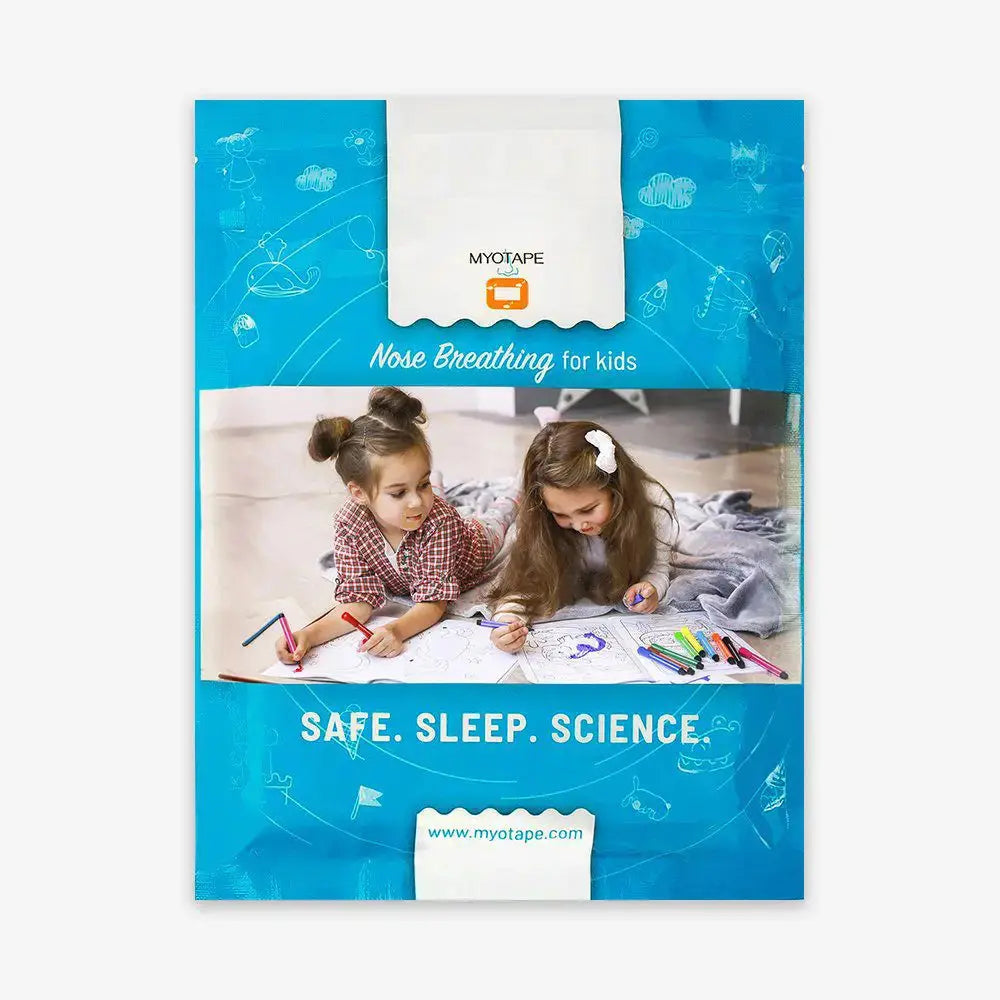
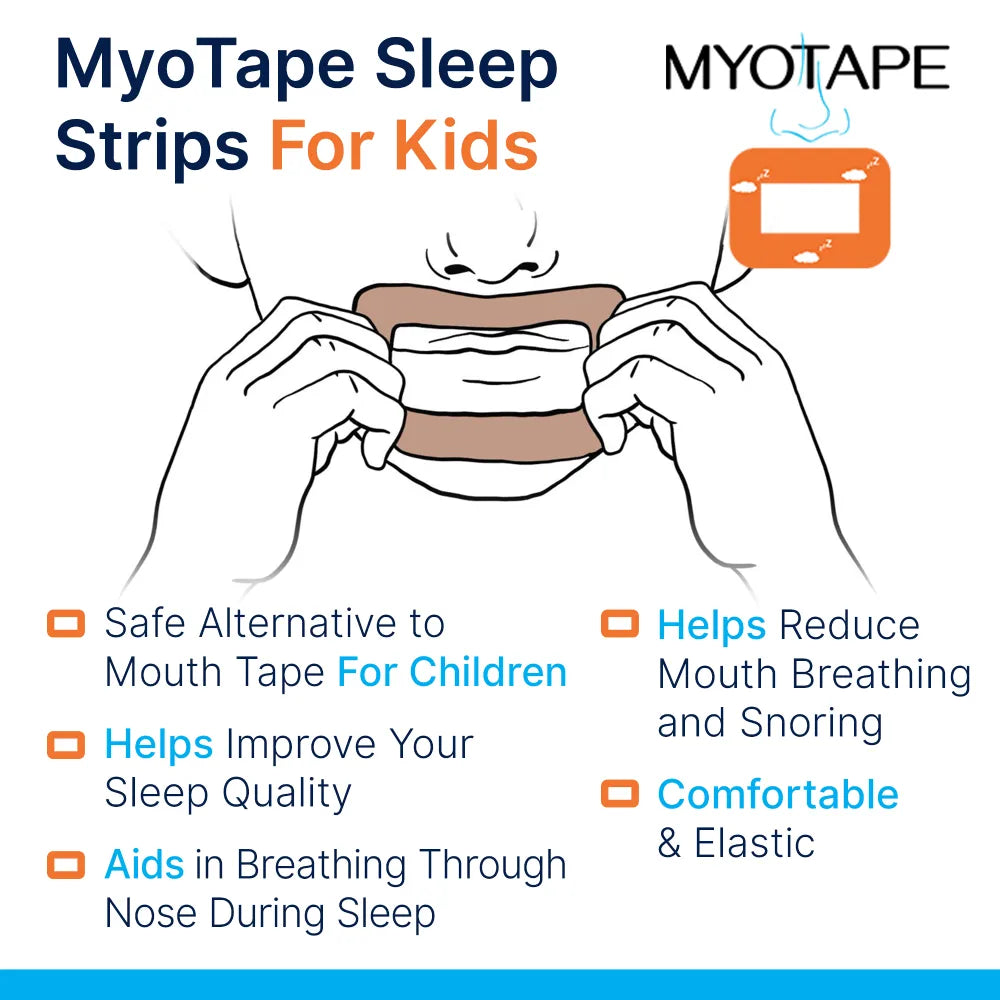
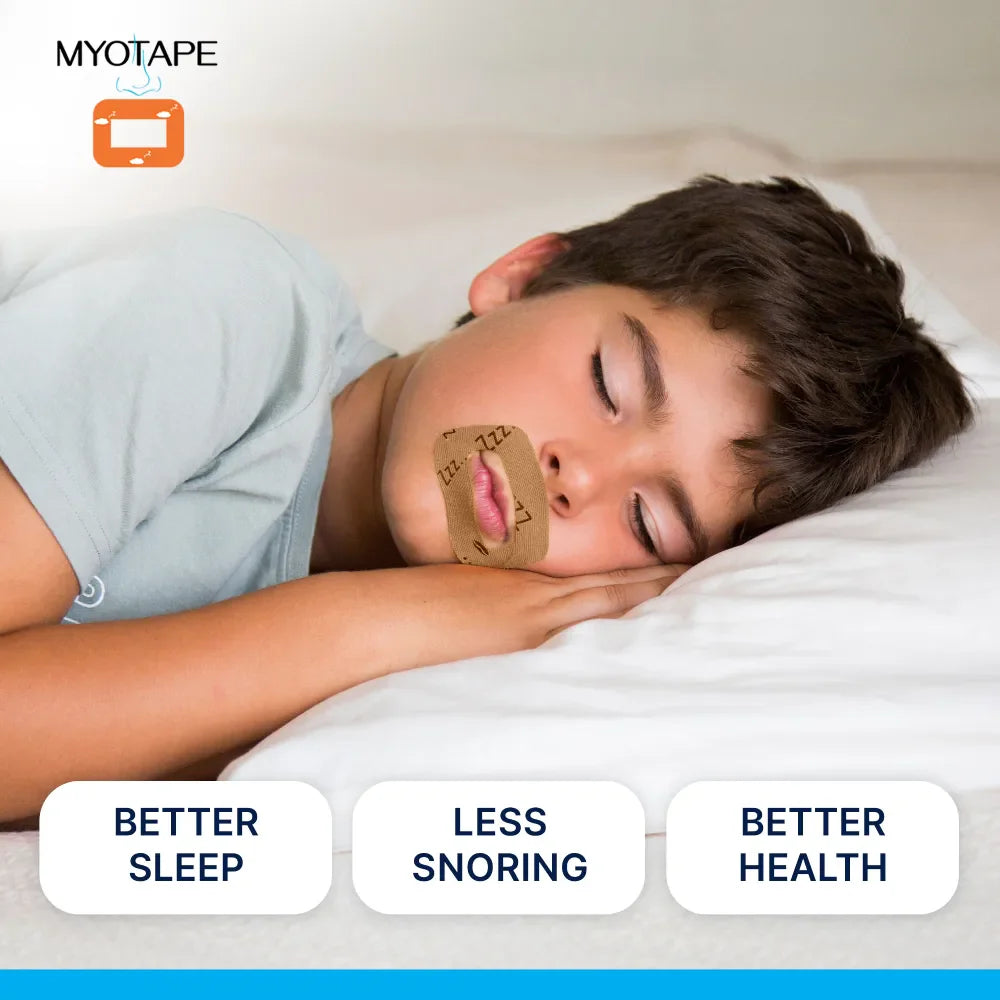
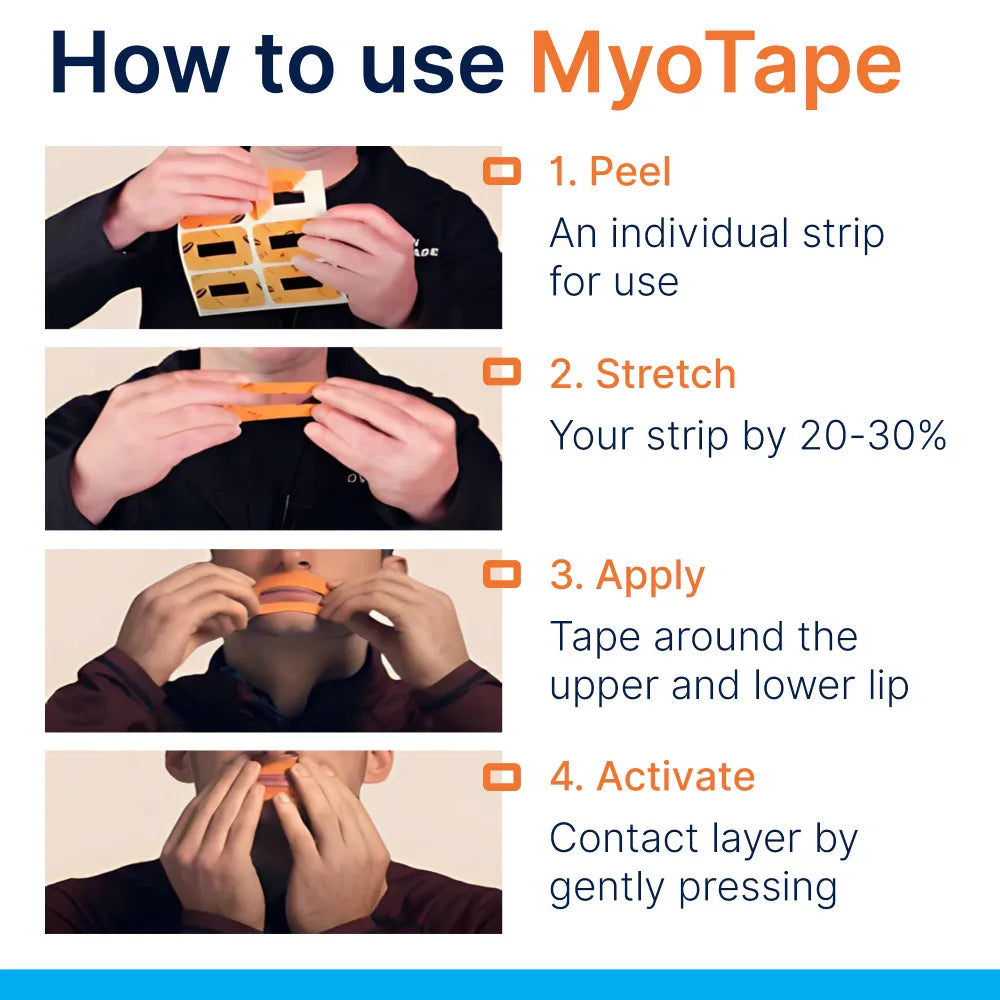
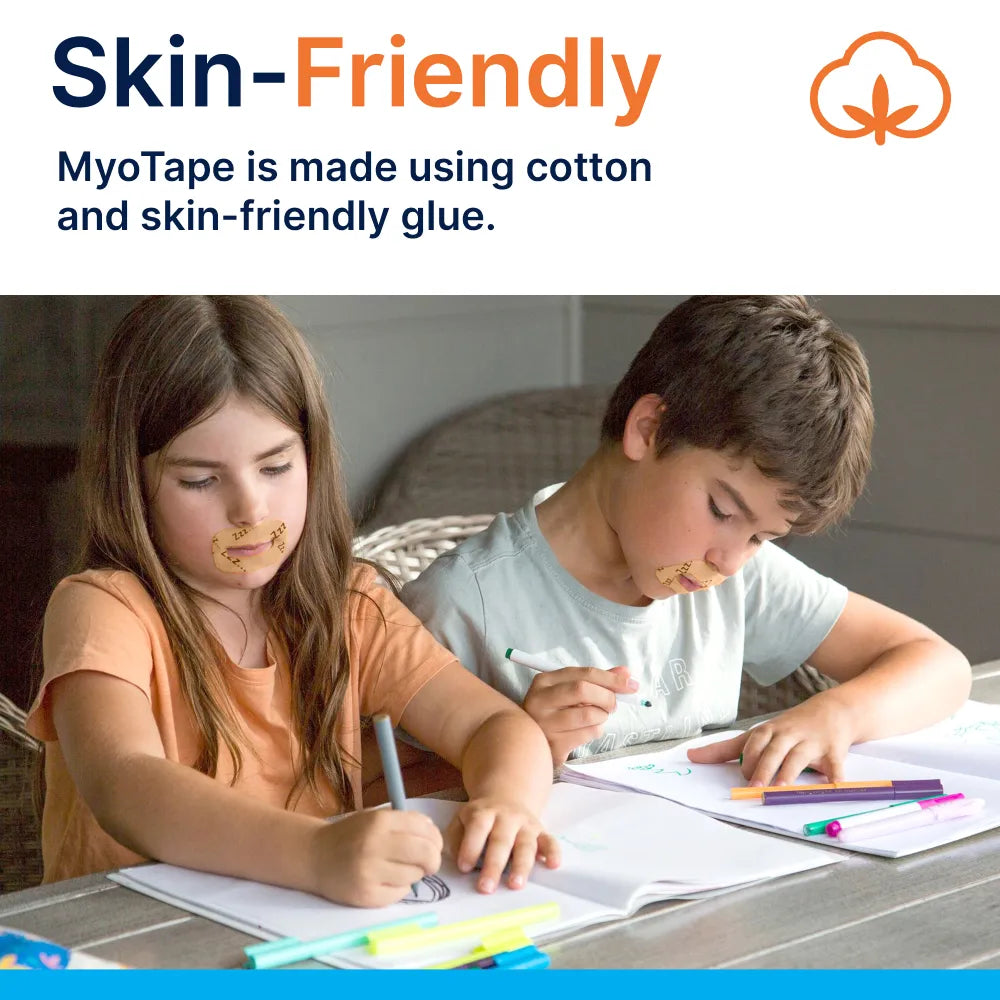










0 comments